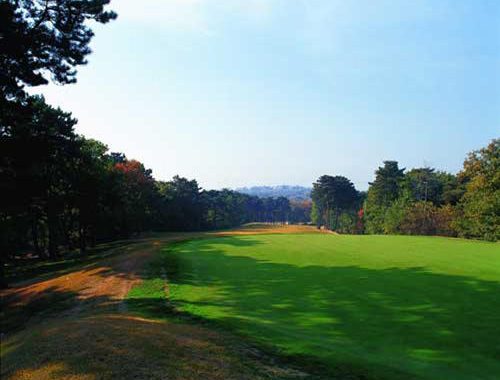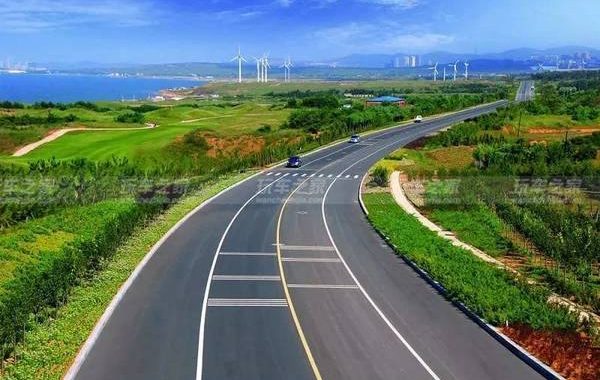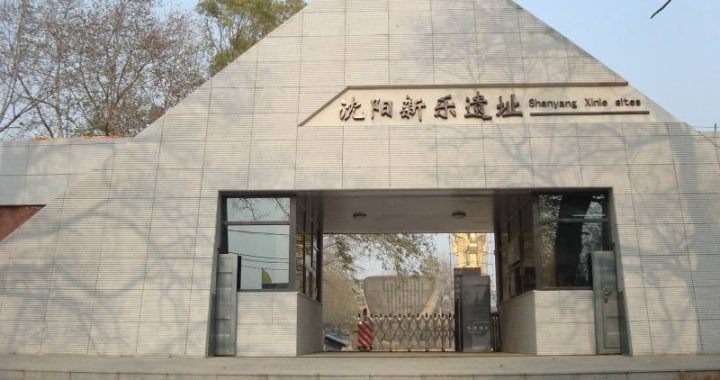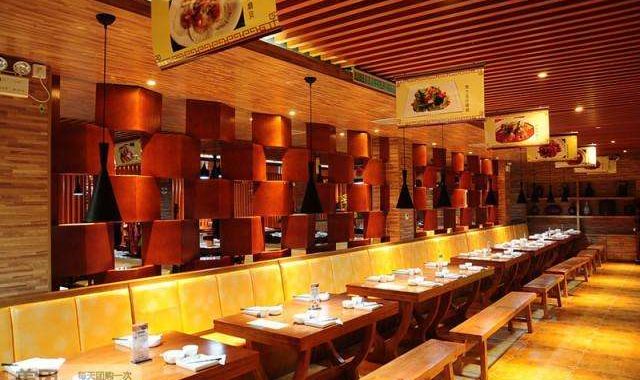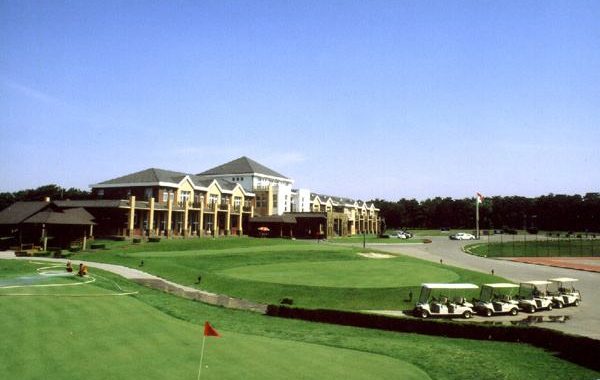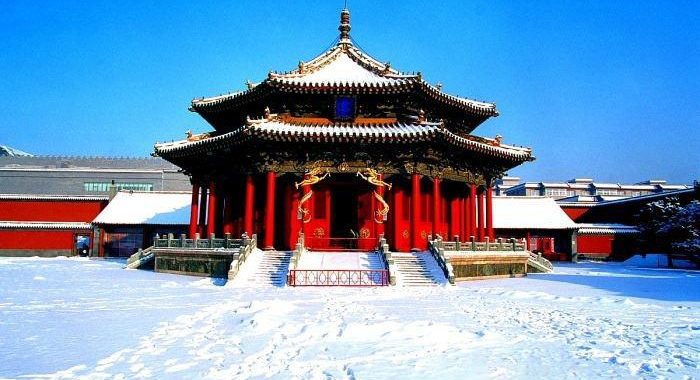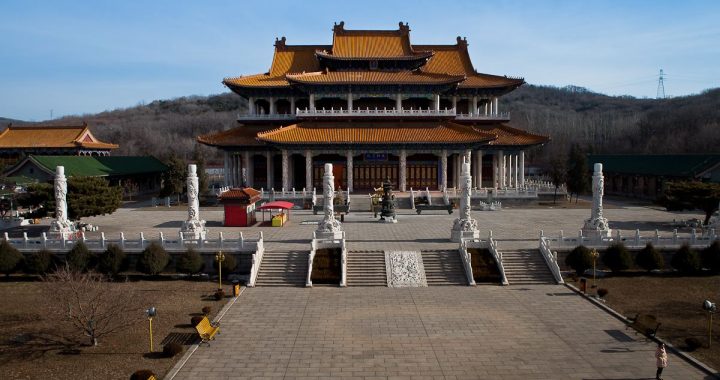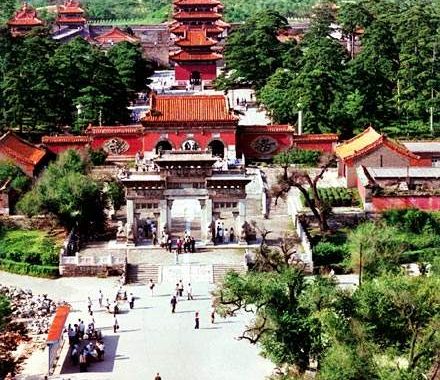Shenyang Imperial Palace
4 min readWhile the Qing Dynasty was able to unite and rule China for a long period, the reign coincided with heavy Western expansion and colonization attempts from the north with Russia, from the east with Japan and in the south with European forces. Manchuria specifically suffered heavily at the hands of the Russians and the Japanese over successive battles and wars all the way up to the 20th century. Today, in Liaoning Province, as well as the rest of Northeast China, travelers can view much of the foreign influenced designs present in many cities as well as many of the impressive foundations of the Qing Dynasty in cities like Shenyang, Dalian and Liaoyang.
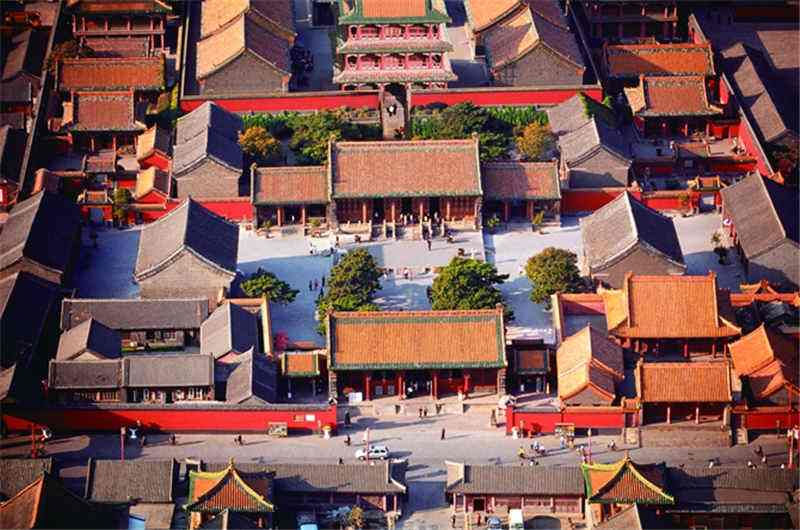
Shenyang Imperial Palace
Footsteps of the Qing
While Liaoning Province is overflowing with rich Manchu and later Han cultural areas of interest, there are three major locations that a traveler should not miss when visiting. The former Qing capital and surrounding palaces and monuments offer a great start in exploring the culture of Liaoning. These sites are located in and around the capital Shenyang while others can easily be reached via high speed rail.
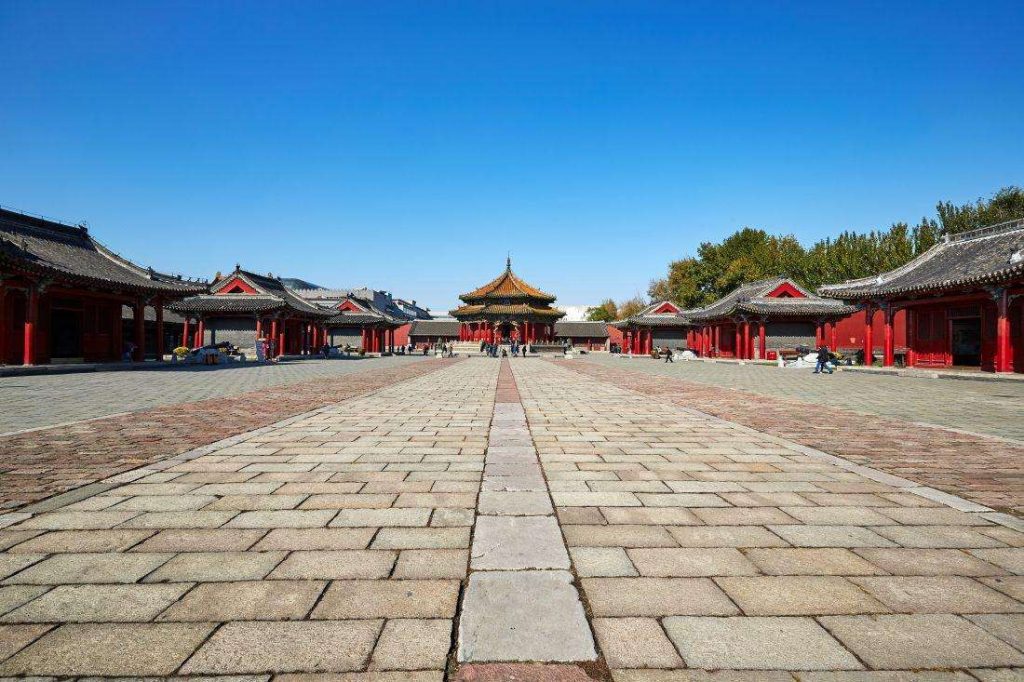
After the Manchurians led by Nurhachi established their dominance in the Northeast, they wrestled not only political power away from Beijing, but the physical seat of power as wel1. While the Ming still ruled the bulk of China behind the Great Wall, the Manchurian capital used by Nurhachi was first established on a hill overlooking the Suzi River not far from the present day city of Fushun. As Nurhachi’s power increased he moved the capital again, only after a few years, to the city of Liaoyang, the seat of power for the region nearly 2,000 years before, during the Warring States Period. Not content with his second choice, the soon to be founder of the Qing Dynasty moved the capital to its seat of glory in Shenyang.

The construction of the Imperial Palace in Shenyang was begun by Nurhachi with later additions by successive emperors which expanded the palace so greatly that it soon took on the moniker of”Forbidden City of the Northeast.”This comparison is not far off as the Imperial Palace pulls much of its influence from the Forbidden City in Beijing to create an amalgam of Ming and Qing cultures that showcase some of the finest representations of Manchu and Han artwork. The site itself along with the Forbidden City in Beijing were added to the UNESCO list of World Heritage in 2004, giving further testament to the uniqueness and importance of both sites.
The Imperial Palace in Shenyang, when finished over two separate periods-1625-26 and again in 1783-is made up of 114 buildings that resemble the layout to the Forbidden City in Beijing, to be more exact a walled city unto itself. However, where the Forbidden City is decidedly Han in customs and architecture, the Imperial Palace in Shenyang departs from this style and heavily introduces Manchu design into the construction. More emphasis is placed on local shamanism and traditional culture of the area, more in line with the new leaders of the Middle Kingdom, the Manchus.
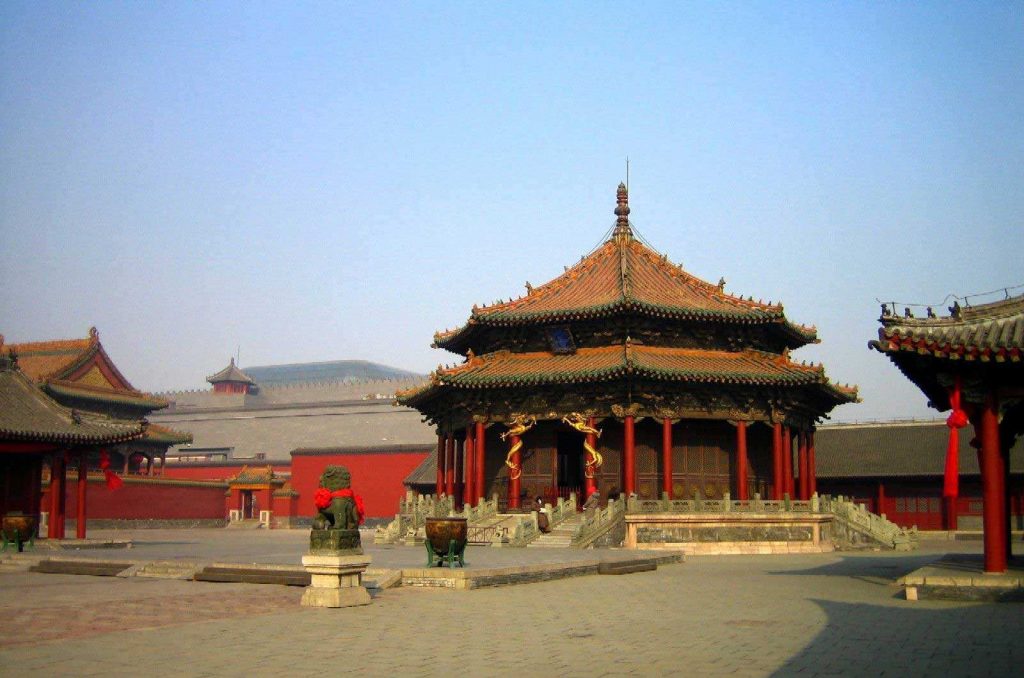
Sharing the name Mukden Palace in many guide books and literature, the grounds and museum are a treat for culture seekers. Although the Imperial Palace in Shenyang is smaller in footprint than the Forbidden City, it is a breathtaking example of imperial life. In the museum there are over 10,000 relics that include armor and weaponry, artwork and artifacts that give a picture of daily life in the palace. Additionally the Wensu Tower, or preeminent library constructed in 1783, houses thousands of ancient books and writings collected by the imperial family. Worthy of note is that while the Forbidden City is often full of visitors year-round, the Imperial Palace in Shenyang is a more relaxed experience allowing travelers the chance to fully enjoy this cultural site.
Two major tomb sites just outside of Shenyang can help complete the picture of the Qing Dynasty in Shenyang. The Fuling Tomb site is the final resting place of Nurhachi, the founder of the Qing Dynasty, and is only a short trip to the suburbs of Shenyang. As an addition to the UNESCO list of cultural sites, the mausoleum offers insight into the religiouslife of the Manchu people. Staying within the family of nearby sites is another tomb to visit, the Zhaoling Tomb, or the tomb of Nurhachi’s eighth son Emperor Taizong who succeeded his father in solidifying the Qing Dynasty.
To round out a cultural tour of the Qing Dynasty and gain further insight into the imperial world and life of those wanting to ascend to power in imperial China pick up a copy of the book Dream of the Red Chamber. Written during the Qing Dynasty by Cao Xueqin, this semi-autobiographical account is a fascinating read considered to be one of the four classics of Chinese literature alongside Water Marsin, Romance of the Three Kingdoms and Journeyto the West. While set in Beijing, scholars today still contest that the author Cao Xueqin was a native son of Liaoning Province. Aside from that fun fact the book itself is a great accompaniment to a travel through imperial China.

Phoenix Tower at Shenyang Imperial Palace
As China’s third largest ethnic group with nearly half of that population residing in Liaoning Province, the Manchu people are an inherent part of the history and culture of Liaoning.
